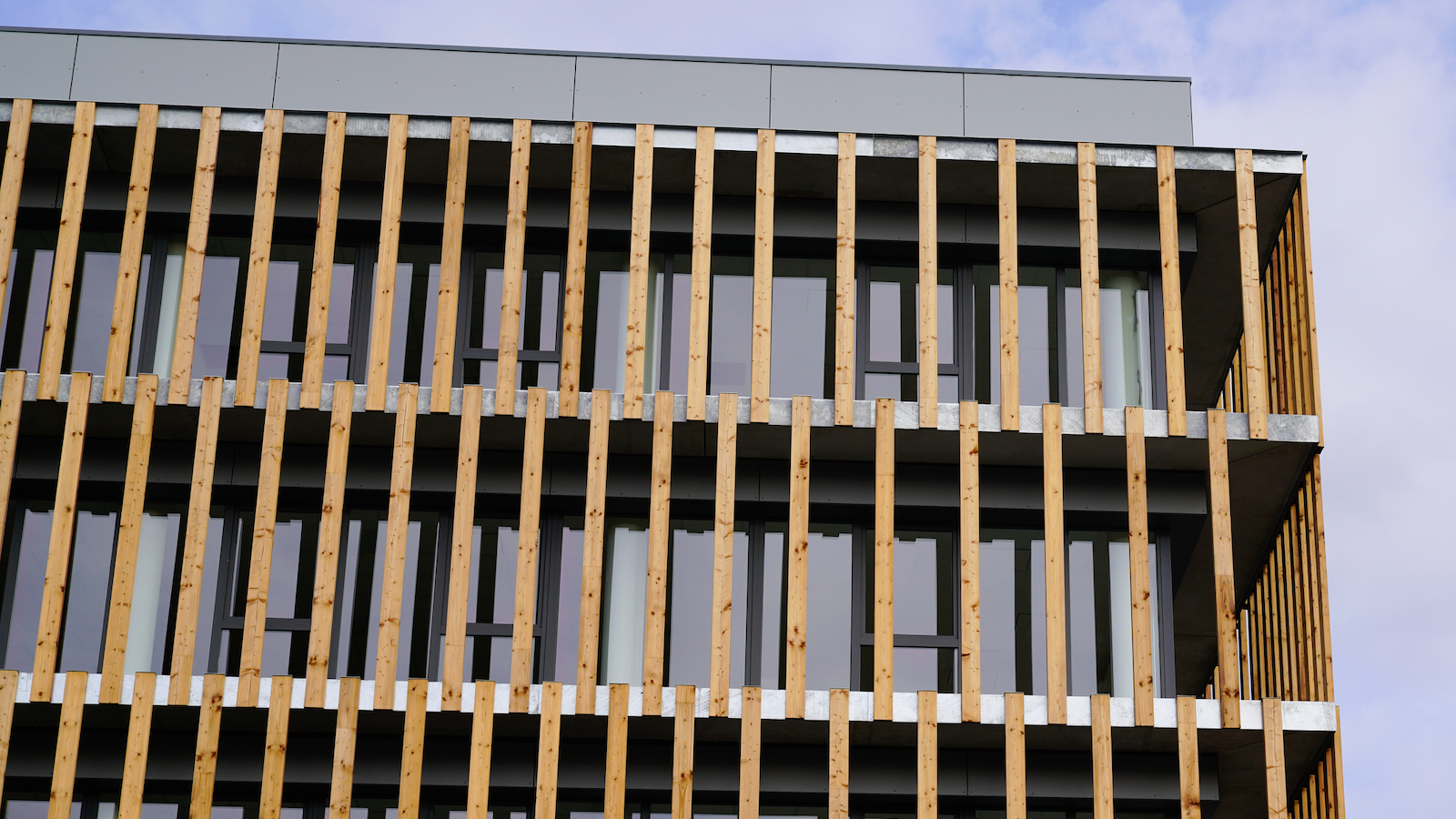The UN Climate Change Conference later this year will scrutinise the built environment’s sustainability credentials like never before. The industry must respond, says Gleeds CEO Graham Harle

The vaccine rollout has been a success, the PM has unveiled his ‘roadmap’ out of lockdown and our attention is slowly turning to life after covid. Over the past year there
has been much talk about the positive impacts of the pandemic on the climate in the short term, as clear waters and deserted roads made headlines, but nothing will demonstrate the UK’s long-term commitment to achieving carbon neutrality than its hosting of COP26 in Glasgow this November.
Probably the most important summit of the year, the 26th UN Climate Change Conference will bring together heads of state and climate experts, who will also report on progress made since COP21 (if any) when the Paris Agreement set out to limit global warming to 1.5 degrees C.
Inevitably, the world’s gaze will fall on the UK’s environmental performance. And COP26 represents a crucial opportunity to highlight the central role construction will play in achieving global climate change targets; its contribution will be scrutinised thanks to former business secretary Alok Sharma’s Built Environment Day.
“If the cement industry were a country it would be the third largest emitter of carbon dioxide in the world”
While the idea may not have been his own – Sharma was responding to an offer from the World Green Building Council to organise the day – construction should welcome this publicity.
But the industry has work to do on the green agenda. And while operational carbon is getting more consideration now, embodied carbon remains a challenge. Any definition of net zero must reflect this complete picture – extraction, manufacturing and processing, transportation and assembly – or we stand no chance of tackling the problem.
Take concrete. Its production has a huge impact on the climate; after water, it is the most widely used substance on the planet. If the cement industry were a country, it would be the third largest emitter of carbon dioxide in the world.
Meanwhile, cities like London are reviewing their planning regulations to encourage sustainable building, and a more ecologically aware generation is gradually coming into the profession.
However, a recent report from the Institute for Public Policy Research – supported by major organisations including the CIOB – found that net zero targets could be threatened by the construction skills gap, with just 20% of those working in the industry under the age of 30. This threatens to deepen the disconnect between the government’s ambition to ‘build back better’ and its ability to do so.
So COP26 is a chance to shine a spotlight on the troubles facing our planet – and also on how we as an industry must respond. Only by seeking out greener, cleaner ways of working, can construction join the fight against climate change – a global threat for which there is no vaccine.
Graham Harle is CEO of Gleeds Worldwide.
Comments
Comments are closed.











Our focus should be on zero carbon, not ‘net zero’. Carbon dioxide is generated where ever we burn fossil fuels and this should be the target of our efforts. For existing building we should focus on the removal of gas. There are alternatives. With no gas or other fossil fuels in the building, that property produces zero carbon. All the insulation in the world can not reduce the carbon generated.
New build is another matter. The manufacture of cement, steel, brick and glass all require high temperatures. Research and development is urgently required to manufacture zero carbon alternatives. Plus we can anticipate recycled components gaining real value.